
The Royal Regiment of Artillery, commonly referred to as the Royal Artillery (RA) and colloquially known as "The Gunners", is the artillery arm of the British Army. The Royal Regiment of Artillery comprises thirteen Regular Army regiments, King's Troop Royal Horse Artillery and five Army Reserve regiments.

Conductor (Cdr) is an appointment held by a few selected warrant officers class 1 in the Royal Logistic Corps and is one of the most senior appointments that can be held by a warrant officer in the British Army. Previously conductor was the most senior warrant officer appointment, but it was outranked with the creation of the Army Sergeant Major appointment in 2015 following Army reforms. The appointment was also reintroduced into the Royal Australian Army Ordnance Corps for selected warrant officers class 1 in 2005.

"Other ranks" is the term used to refer to all ranks below officers in the British Army and the Royal Marines. It includes warrant officers, non-commissioned officers ("NCOs") and ordinary soldiers with the rank of private or regimental equivalent. Officers may, in speaking, distinguish themselves from those "in the ranks".
The Royal Regiment of New Zealand Artillery is the artillery regiment of the New Zealand Army. It is effectively a military administrative corps, and can comprise multiple component regiments. This nomenclature stems from its heritage as an offshoot of the British Army's Royal Artillery. In its current form it was founded in 1947 with the amalgamation of the regular and volunteer corps of artillery in New Zealand. In 1958 in recognition of services rendered it was given the title the Royal Regiment of New Zealand Artillery.

The Royal New Zealand Army Logistic Regiment , is the New Zealand Army's main military Logistics and combat service support (CSS) element. It is the largest regiment in the NZ Army.

ANZUK was a tripartite force formed by Australia, New Zealand and the United Kingdom to defend the Asian Pacific region after the United Kingdom withdrew forces from the east of Suez in the early 1970s. The ANZUK force was formed in Singapore on 1 November 1971 under Rear Admiral David Wells and disbanded on 31 January 1974.
A Light Aid Detachment is an attached independent minor unit of the Royal Electrical and Mechanical Engineers, Royal Canadian Electrical and Mechanical Engineers, Royal Australian Electrical and Mechanical Engineers, or Royal New Zealand Army Logistic Regiment operating as a sub-unit of the supported unit. These units provide dedicated logistic support to every field unit of the Australian Army, British Army, Canadian Army or New Zealand Army. RAEME, REME, RCEME and the NZEME were created in October 1942 out of elements of the Royal Australian Army Ordnance Corps, Royal Army Ordnance Corps, Royal Engineers, Royal Corps of Signals, Royal Army Service Corps Royal Canadian Ordnance Corps and the New Zealand Ordnance Corps who previously handled functions such as the repair of weapons, optics and vehicles.
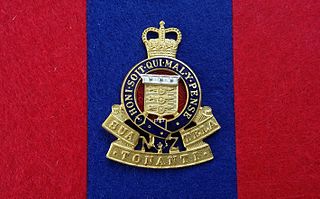
The ANZUK Ordnance Depot was established in 1971 to provide logistical support to Australian, New Zealand and British forces stationed in Singapore and Malaysia as part of ANZUK Force. It was commanded by a Royal Army Ordnance Corps officer of the rank of lieutenant colonel and staffed by Australian, New Zealand and United Kingdom personnel and Locally Employed Civilians. This organisation operated for only a short period. Australia changed Government in 1972 and the incoming Labor Government decided to withdraw Australia’s commitment to the region. This took effect in 1974 and was followed later by the withdrawal of the British forces. It was then decided that New Zealand should form its own Advanced Ordnance Depot, designated the New Zealand Advanced Ordnance Depot (NZAOD). This was the start of a commitment which was to last until December 1989.
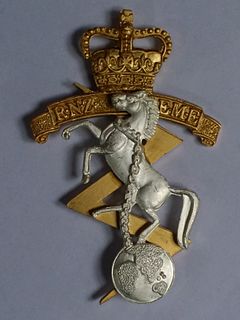
The Royal New Zealand Electrical and Mechanical Engineers (RNZEME) was a New Zealand Army Corps comprising Army trained tradesmen (craftsmen) who repaired Army equipment wherever New Zealand Forces served.

The Royal New Zealand Corps of Transport (RNZCT) was a corps within the New Zealand Army that provided logistical support to combat and combat support elements of the Army. Tracing its history back to 1910 when the New Zealand Army Service Corps (NZASC) was formed, as the RNZCT the corps was formed in 1979, when the NZASC was disbanded. Since 1979, the corps has been reorganised several times, undertaking a variety of roles before being subsumed into the Royal New Zealand Army Logistic Regiment in 1996.

The Royal New Zealand Army Ordnance Corps (RNZAOC) concerned itself with the provisioning of troops with the means to fight; specifically uniforms, weapons and equipment. Ordnance functions go back hundreds of years; the first Ordnance Officer in the British military appeared in the year 1299. Designated "Keeper of the King's Wardrobe", his duties included the care and accounting of heavy equipment such as battering rams and catapults.
William Thomas Beck was a New Zealand Army Officer and one of the first New Zealand soldiers to land on Gallipoli on 25 April 1915.
5 Advanced Ordnance Depot was a short lived Royal Australian Army Ordnance Corps and Royal New Zealand Army Ordnance Corps combined Depot in Singapore 1970 to 1971.
The Defence Stores Department was a department of the New Zealand Defence Department responsible for the purchase, receipt, issue and repair of stores, initially for the Armed Constabulary and then the Permanent and Volunteer Forces of New Zealand from 1862 to 1917.
From four Stores Depots in the main centres of New Zealand at the beginning of the 20th century, the Royal New Zealand Army Ordnance Corps (RNZAOC) expanded and shrank to meet the operational needs of the NZ Army, Ordnance units have been deployed worldwide and across the breath and width of New Zealand.
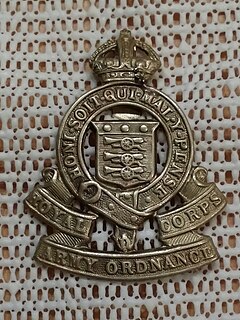
With the adoption of the Singapore strategy in the 1920s as a key cornerstone of Imperial Defence, Singapore and Malaya became the major British bases in the East, not only to defend British possessions in Asia, but also the Dominions of Australia and New Zealand, who also contributed a large portion of the construction costs.
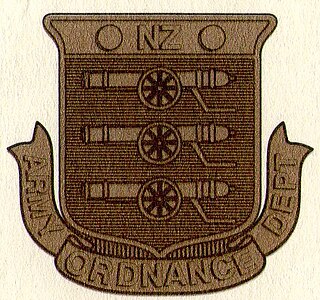
The New Zealand Army Ordnance Department (NZAOD) was the organisation of commissioned officers who were responsible for the supply, maintenance and repair of equipment, small arms and all stores required for the Defence Force from 1917 to 1923.
The New Zealand Army Ordnance Corps (NZAOC) was a Corps whose function was to provide, receive, store, repair, maintain, and issue: ordnance stores, vehicles, ammunition, foodstuffs, and ammunition. Ordnance Organisations had previously existed in the Royal New Zealand Artillery and the New Zealand Defence Stores Department, who for the Territorial Army established a temporary Ordnance Deport organisation and trained staff in Ordnance functions for the 1913 and 1914 Annual camps, so that on the eve of the great war a cadre existed within the Territorial Army to establish an Ordnance Corps to support the NZEF.
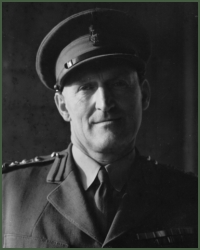
Thomas Joseph King, CBE, was a senior officer in the New Zealand Military Forces and a foundation member of the New Zealand Army Ordnance Corps who served in both world wars.
Supply Technician is the Royal New Zealand Army Logistic Regiment trade responsible for providing Supply & Quartermaster support to the New Zealand Army within New Zealand or overseas.










